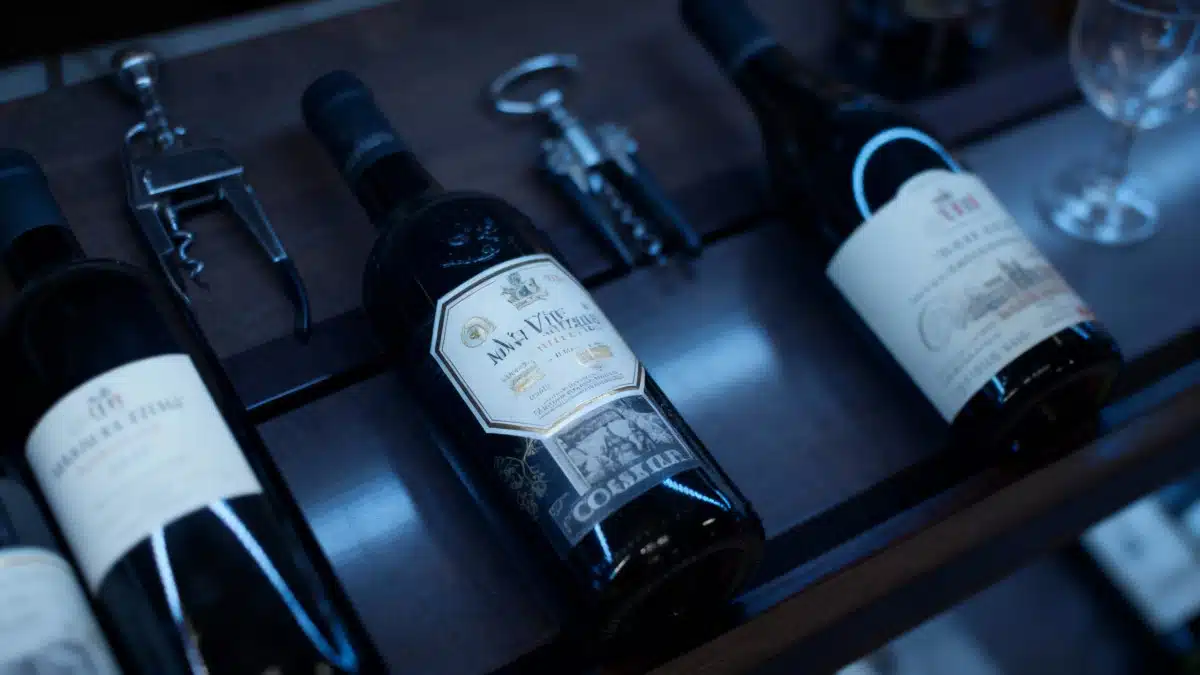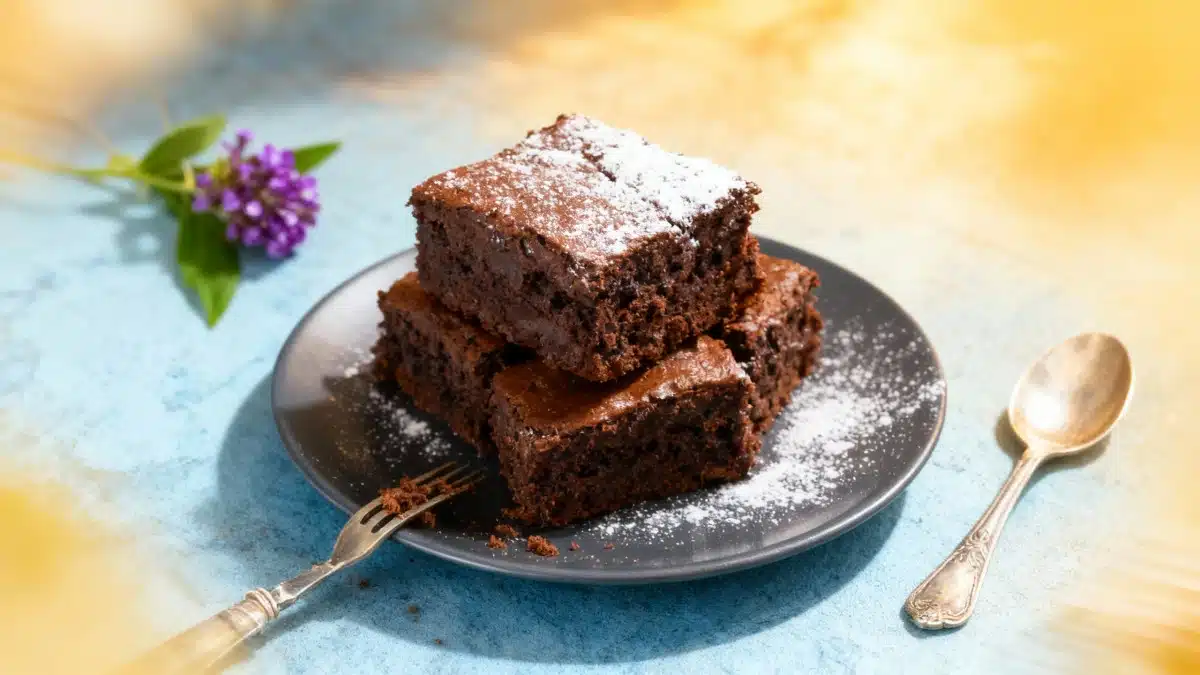Ever stood in a supermarket, lost in contemplation before shelves of wine, and wondered: why are almost all wine bottles 75cl? Not a full litre, not a quirky 50cl, but that oddly specific three-quarters of a litre. The reason might just surprise you—and no, it’s not down to glassblowers with weak lungs or couples with suspiciously precise drinking habits.
A Wine World Mystery: Why 75cl and Not More?
If you’ve ever scanned the wine aisle, you’ve noticed it: the 75cl bottle dominates, with the 1-litre buddy lurking shyly at the margins, as if embarrassed to join its sleeker cousins. Over time, many myths have fermented around this strange measure:
- Some say it’s because glassblowers historically lacked the breath to puff out a full litre.
- Others argue 75cl is the gold standard for wine quality and aging potential.
- Then there’s the romantic: it’s simply perfect for sharing between two people (though not, it seems, for a third wheel).
But let’s decant the truth from this barrel of tall tales. The real explanation comes not from legend but history—specifically, the nineteenth century, where trade and measurement collided in spectacular fashion.
The Anglo-French Deal: When Gallons Ruled
Back in the 1800s, the British simply couldn’t get enough of French wine—Garonne’s finest Bordeaux was all the rage. Driven partly by the historical bond between Aquitaine and England (a relationship dating back to the 12th century), French wine was flowing across the Channel like Sunday gossip. But there was one cork in the bottle: the British measured by the gallon, not the litre.
Now, while it’s true people in those days enjoyed their tipple, lugging around a single bottle of nearly five litres (4.5, to be precise) wasn’t anyone’s idea of a good time—or safe passage home. Selling wine by the gallon simply wasn’t practical. So what did the clever winemakers do? They crunched some numbers, harmonized their trade units, and voila: standardization was born (with a side of commercial genius, of course).
The Magic Number: 75cl Is Born
Here’s the math that reshaped wine commerce:
- French winemakers began making barrels that held exactly 50 gallons—roughly 225 litres.
- This happy round figure suited accountants (and drinkers) on both coasts.
- From one of these barrels, you could fill 300 bottles—each one measuring 75cl.
- The division was tidy: a single gallon furnished six bottles, the perfect case size.
This arrangement—gallon divided by six, 75cl per bottle—streamlined transnational business, made it easy to sell and export, and worked so well it’s survived through the ages, right down to your dinner table. Take a moment to raise your glass: bottle sizes, like all great traditions, are a triumph of practical collaboration—not quirky myths.
Why Green Glass? Not Always for Looks!
Let’s uncork another wine-world enigma. You’ve likely noticed: red wines march out almost universally in green-tinted bottles. Is this another story of commercial wit? Well, not this time (your wallet can relax).
The truth is, wine is as delicate and capricious as a cat in the sun. The slightest disturbance—especially exposure to light—can mess with its nuance. Ultraviolet rays, in particular, are notorious: within a mere fifteen minutes, sunlight can work its sad magic, sparking chemical reactions that rob wine of aroma and flavour. Some connoisseurs call this the “taste of light”—think eggy sulphur or even a garlicky whiff. Tempting? Hardly.
So what’s the answer? Tinted glass, particularly green, provides excellent protection against UV rays. This colour acts as wine’s very own sunscreen, helping preserve its subtlety right up to your first pour. But rules have their rebels: when it comes to rosé, the wine’s blush is so crucial for sales that producers often swap out green for colourless or pink bottles, hoping to catch your eye—sometimes at the expense of the wine’s taste.
Conclusion: The Bottle on Your Table Is No Accident
So next time you lift a 75cl bottle, take a moment to appreciate the centuries of trade, negotiation, and clever problem-solving condensed into that elegant shape and size. And as the light glances off that green glass, think of it as the silent guardian of your favourite vintage. The next glass, after all, is never a mistake—just a smart choice shaped by history.

John is a curious mind who loves to write about diverse topics. Passionate about sharing his thoughts and perspectives, he enjoys sparking conversations and encouraging discovery. For him, every subject is an invitation to discuss and learn.






